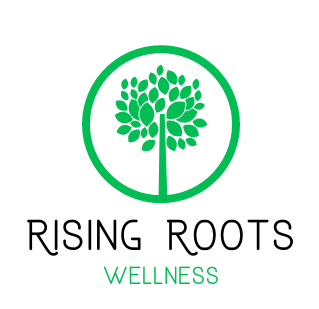Is Your Makeup Dangerous?
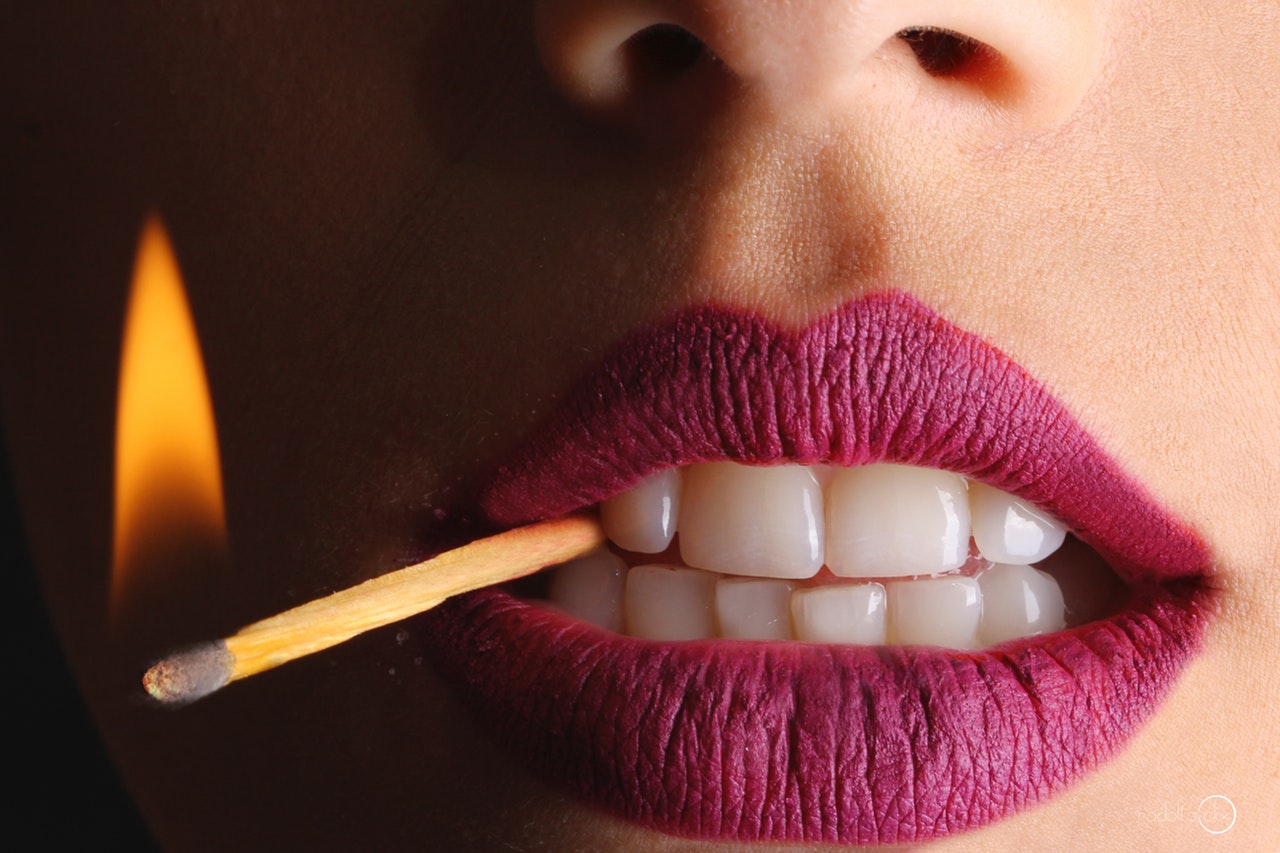
So many of us assume that our makeup and skin care products are safe. Products you’re putting on your skin, your mouth and EYES? Should be harmless, right?
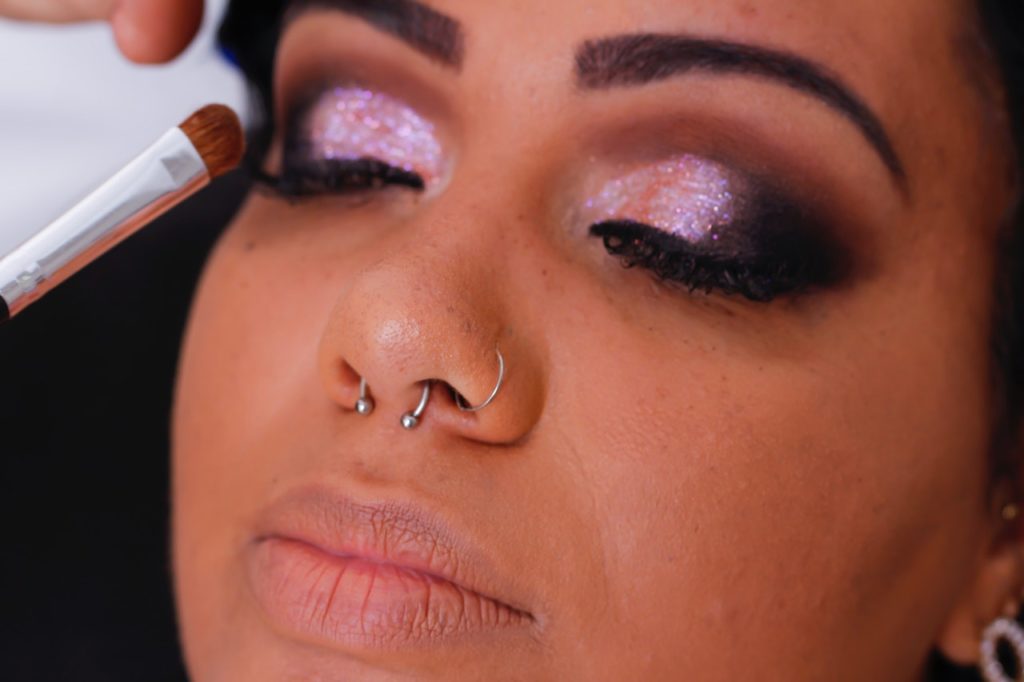
Unfortunately, that isn’t the case. The laws and regulations surrounding the beauty industry are set up in favor of the companies manufacturing and selling the products; not to protect consumers. Take fragrance, for example. Because a signature smell could be considered a “trade secret”, companies aren’t required to disclose those ingredients on the label. “Fragrance/parfum” on a label should read as a big red flag saying, “ This could be any of over 3,000 chemical compounds!”
Are you feeling lucky?

Personally, that’s a risk that I don’t want to take.
So what can you do? Just like food, read those labels! Not enough detail on the label? Do a quick search online for the ingredients. You should be able to pull up a comprehensive list for almost any product you’re thinking about buying.
In this post, I’ll list out some of the top offenders so you know what to look for, as well as share some other strategies to make sure the products you use are healthy for your body.
The Bad Guys
Fragrance
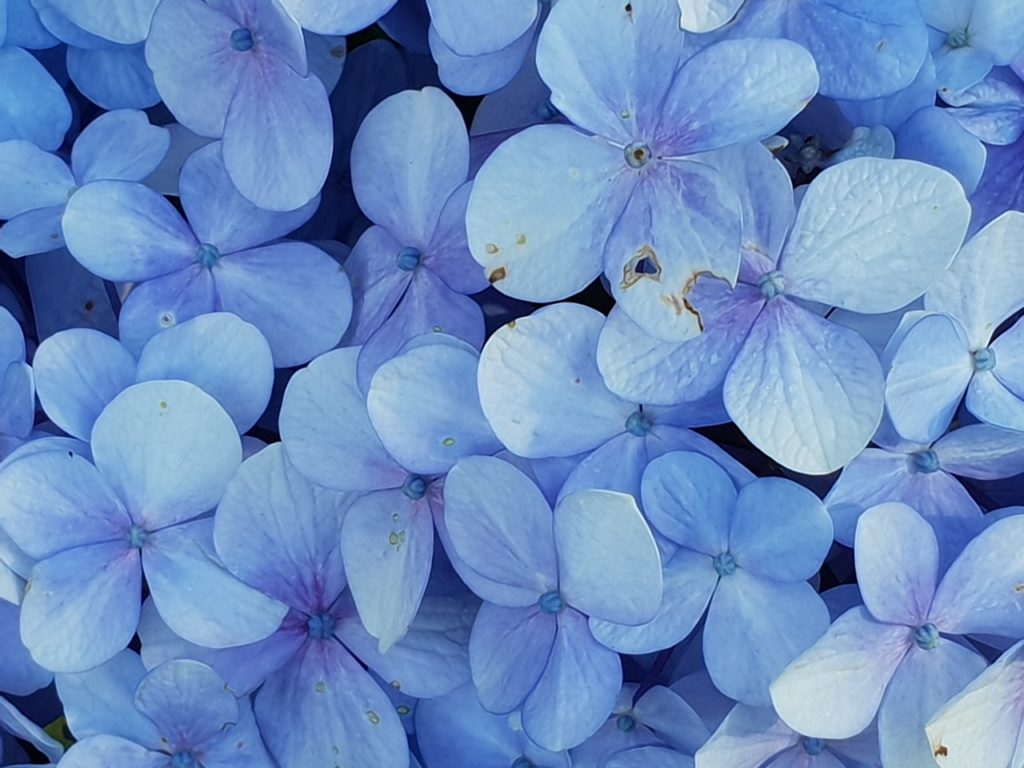
As mentioned above, “fragrance” in our makeup, hair products, and skin care is basically a free for all.
A list of over 3,000 substances that hide under the blanket of “fragrance” was released by The International Fragrance Association back in 2010. Three. Thousand.
And 1 in 20 received a high hazard rating from the Environmental Working Group.Many of the chemicals on the list are phthalates or octoxynols- both known hormone disruptors.
Make your nose happy with all of the beautiful scents available from essential oils instead!
**Some labels will have fragrance/parfum listed, but then specify that it’s from natural sources or that it’s phtalate and paraben free. That’s mostly reassuring (especially if the product is from a brand I trust), but I’m happier if I can find products without it at all. **
Parabens
These chemicals are often used to inhibit bacteria and mold growth. Of course, that doesn’t seem so great when they’re also screwing with your endocrine system. Many parabens are xenoestrogens, meaning they mimic estrogen in our bodies. It’s no surprise then, that they’re linked to breast cancer, early puberty, and early menopause.
These are typically listed right on the label. You might see methyparaben, propylparaben, ethylparaben, and butylparaben. Just avoid all the parabens!
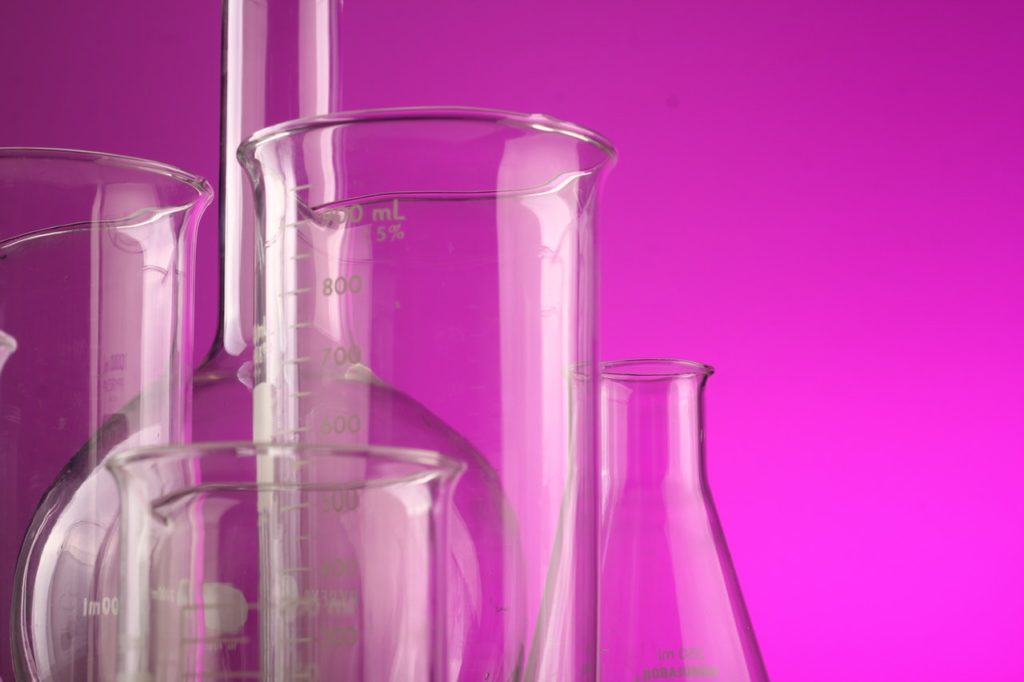
Pthalates
Pthalates were developed to make plastic soft and flexible. Seriously, the fact that a plastic additive is put in any product that is supposed to be good for your skin makes me pretty fucking angry. Like tears in my eyes as I type angry. These are carcinogens. They are endocrine disruptors (like many of the items on this list), cause skin irritation, are linked to endometriosis… it goes on and on.
I love when I pick up a bottle of lotion or conditioner and see “pthalate free” on the back. Instead of diving into each ingredient to determine WTF it is, you know you’re cool on this front.
Aliases: DBP, DEP, DEHP, BzBp, DMP. But remember, if they file it under “fragrance”, these toxic chemicals won’t be listed at all.
Sodium Laurel Sulfates
SLS is what causes the foaming, bubbly sensation in shampoo, face wash, etc. The thought behind their use is that people tend to think more bubbles and lather = more clean. Sodium Laurel Sulfate on it’s own may not be the worst thing in your shampoo, but the bigger issue is that SLS is frequently contaminated with 1,4 dioxane- a manufacturing byproduct that easily penetrates the skin and is a potential carcinogen.
BHA/BHT
More preservatives here- aaaand more carcinogens too. These are often found in moisturizers, as well as lipstick and other cosmetics. Vitamin E is apparently a very effective alternative. Sadly, you need to watch out for this one in food as well.
Full names: butylated hydroxyanisole, butylated hydroxytoluene
Oxybenzone
Oxybenzone is one of the most commonly used sunscreen ingredients, and also a hormone disruptor. I see you throwing your hands in the air and saying, “SUNSCREEN? That too?!?”
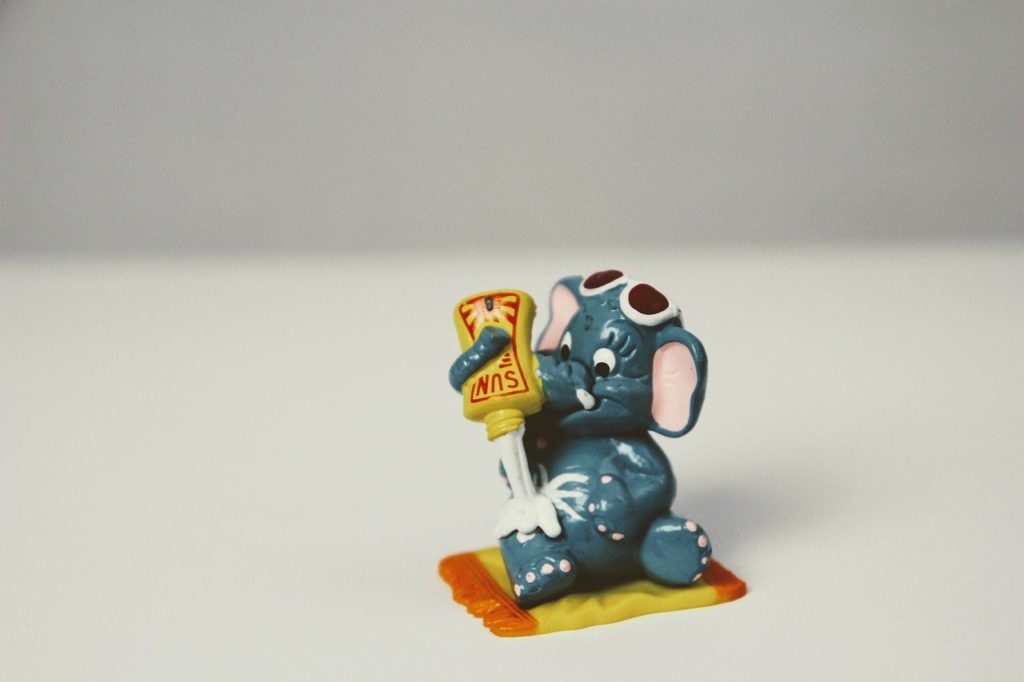
Yep. Sorry. Check out my post on how to find a safe sunscreen and why the one you’re using could be dangerous.
Here’s an especially nasty little nugget- children may be more vulnerable to oxybenzone’s effects, as there is a potential for higher absorption rates and accumulation in their bodies. Studies have shown a connection between oxybenzone and:
- Early puberty in girls
- Low sperm count and male infertility
- Hormone related cancers
No thanks!!
Formeldahyde
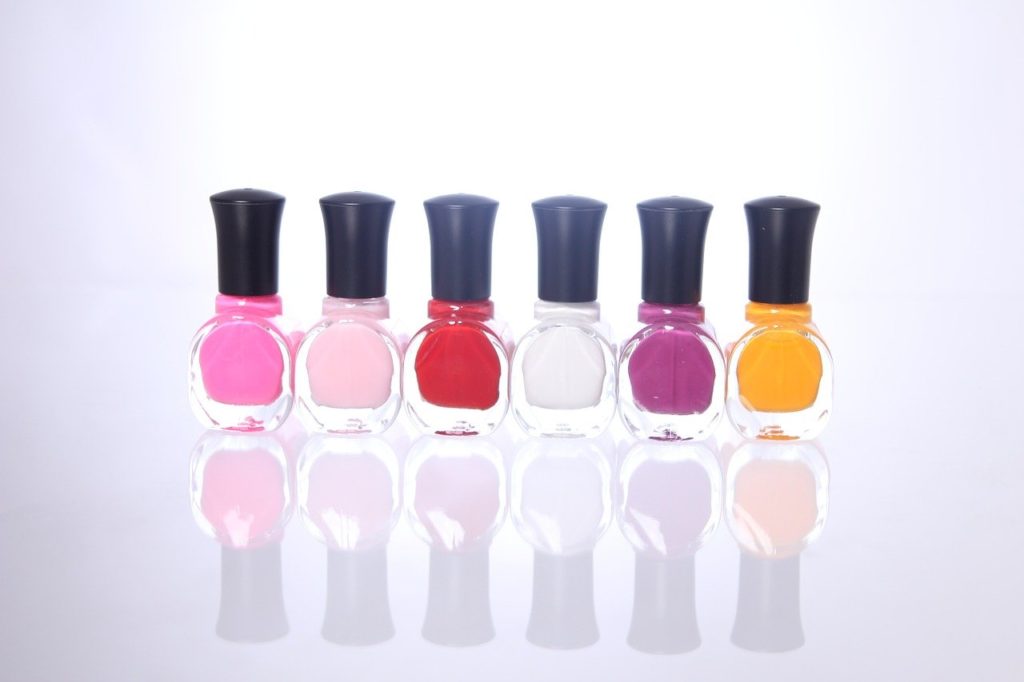
I hate that I even have to put this on the list. Really? We don’t know better than this??
The majority of people would flip if they knew formeldahyde was in their nail polish. Not everybody knows that parabens or pthalates are toxic, but formeldahyde sounds pretty bad to everyone!
So of course, that’s not how it’s listed. (Major eye roll emoji here)
You can look for words like formalin, quaternium-15, and DMDM hydantoin.
Safer Brands
Burt’s Bees: Their products are claimed to be “99% natural”, and the company promises not to use parabens, pthalates, petrolatum, or SLS. I love that they also work hard to care for the environment and our little bee friends 🙂 This is my all-time favorite lip balm in holiday flavors!
Bare Minerals: I started digging into the ingredients of the makeup I use regularly, and was SO happy to find out that my Bare Minerals foundation is all good! Bare Minerals also has stated that their products are free of all parabens, talc, SLS, fragrances, and pthalates.
W3ll People– I haven’t tried anything from this brand yet, but I love their list of what they DON’T put into their line: Everything listed for the last two brands, as well as petrochemicals, dyes, GMOs, glycols, and nanoparticles. Love it! This shadow palette looks almost identical to a drug store brand that I’ve bought in the past.
Resources
EWG Skin Deep Database:
This is such an incredible resource! Here’s the details:
“EWG’s Skin Deep® cosmetic database gives people practical solutions to protect themselves and their families from everyday exposures to potentially toxic chemicals in personal care and beauty products. Skin Deep®, launched in 2004, lists easy-to-navigate hazard ratings for nearly 70,000 products and 9,000 ingredients on the market. The U.S. government doesn’t review the toxicity of products before they’re sold. Companies are allowed to use almost any ingredient they wish without regard for how safe they are. The aim of Skin Deep® is to fill in where industry and government leave off.”
-www.ewg.org
Basically, just type any product name in the search bar, and if it’s been evaluated, you’ll get an overall rating, full ingredient list, and a breakdown of what the concerns are for each potentially harmful ingredient. Simple and effective! Thank you EWG for making it that easy.
Think Dirty App
Similar to the EWG database, this app allows you to search for products and get detailed ingredient lists, ratings of each ingredient, and an overall product rating. You can search by barcode too! It’s a useful tool to have handy when you’re shopping, so you can double check before you buy.
Are you a label reader like me? Do you want to go investigate your entire stash right now to find out what’s lurking?
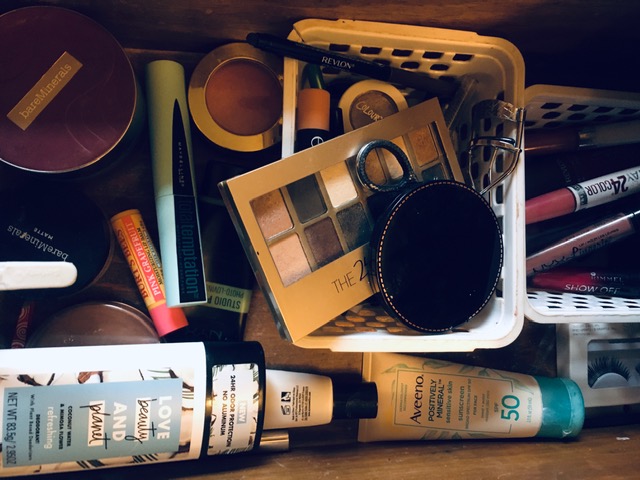
In all honesty, I don’t expect you to do that. I get it- change isn’t easy. Add in the fact that products that are safer for you typically come with a larger price tag as well, and overhauling your entire personal care regimen is a bit overwhelming.
Just start small! Little changes build up to big ones over time. Maybe you toss one or two products that have long, scary ingredient lists…maybe you make sure that next time you run out of shampoo, you buy one that’s paraben, phtalate, and SLS free…maybe you can’t handle having to give up your favorite eyeliner, so you write a strongly worded letter to the company demanding they remove toxic ingredients from their products.
Put your money where your mouth is. My hope is that over time, beauty and personal care companies will realize they need to give customers what they want. You are more powerful than you think!
I’d love to hear what products you’re ditching after reading this, or which natural brands you already use and love! Let me know down below in the comments.
-Jacki
